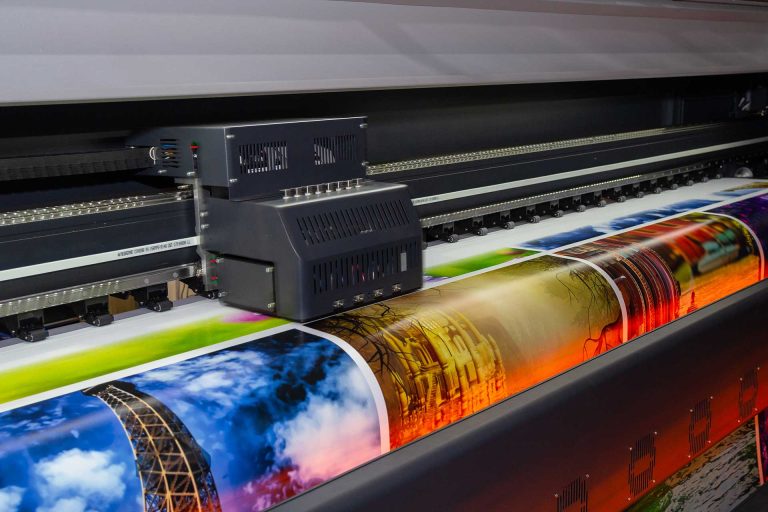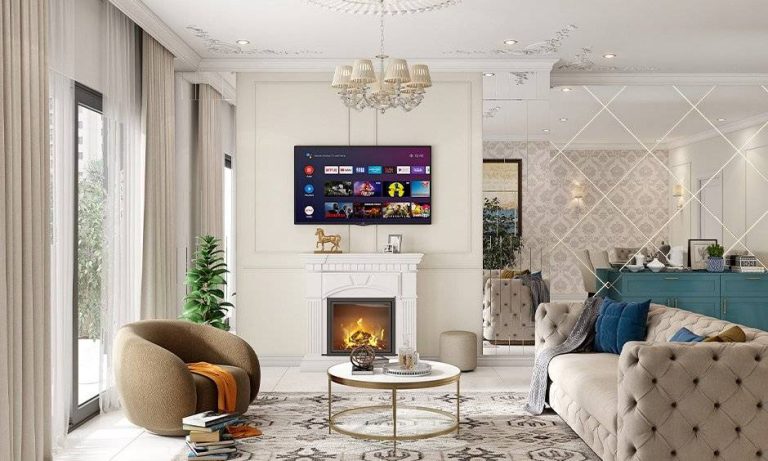Family reunion yacht selection demands careful evaluation of vessel features that accommodate multiple generations with varying mobility levels and comfort requirements. rent yacht dubai packages include spacious vessels ideal for multi-generational events and diverse activity preferences.
Cabin accommodation analysis
Multi-generational families require diverse sleeping arrangements that provide privacy for couples while accommodating children and elderly relatives with different mobility and comfort needs. Yacht cabin configurations should include master suites for senior family members, bunk arrangements for children, and convertible spaces that adapt to various family groupings during extended reunion charters. Bedroom distribution affects family dynamics during reunion events, as proper spacing prevents overcrowding while ensuring adequate privacy for different family units sharing yacht accommodations.
Professional yacht selection considers bathroom ratios and cabin proximity that facilitate family interaction while maintaining personal space requirements throughout the reunion. Storage capacity within cabin areas becomes essential when multiple family members bring personal belongings, gifts, and specialty items required for extended family celebrations aboard charter vessels. Adequate closet space and secure storage compartments prevent overcrowding while keeping personal items organized throughout reunion activities.
Multi-generational comfort features
Climate control systems aboard family reunion yachts must accommodate diverse temperature preferences across different age groups while maintaining comfortable environments in various yacht areas. Elderly family members often require warmer temperatures while younger guests prefer cooler settings, making zoned climate control essential for family harmony during extended charter periods. Accessibility features become crucial when selecting yachts for family reunions, including elderly or mobility-impaired relatives who need assistance navigating vessel areas safely. Essential comfort considerations include:
- Cushioned seating with back support for elderly family members during extended conversations
- Flexible furniture arrangements that accommodate wheelchairs or mobility assistance devices
- Non-slip surfaces and secure handrails in high-traffic areas where family members move frequently
- Adequate lighting in all areas for family members with vision concerns or reading preferences
- Easy access between deck levels through ramps or wide stairways suitable for various mobility levels
Dining space requirements
Large family gatherings require substantial dining areas that accommodate everyone simultaneously while maintaining comfortable spacing for meal service and conversation flow. Yacht dining configurations should provide adequate seating without overcrowding while ensuring easy access for serving staff and family members with mobility limitations during reunion meals. Flexible dining arrangements allow families to adapt seating based on meal types and social groupings that change throughout reunion activities. Kitchen facilities must handle increased food preparation demands when catering to large family groups with diverse dietary preferences and special requirements. Galley capacity affects menu options and meal timing, directly impacting family satisfaction during reunion celebrations aboard charter vessels.
Safety accommodation standards
Family yacht safety requires enhanced protocols when accommodating elderly relatives and young children, who face different maritime safety challenges compared to typical adult charter guests. Life jacket availability in various sizes ensures proper safety equipment for all family members, while safety briefing procedures must address different comprehension levels across age groups. Emergency procedures require special consideration for family members with mobility limitations or medical conditions that affect their ability to respond quickly during safety situations. Professional crew training in family-specific safety protocols ensures appropriate assistance during emergency scenarios involving multi-generational passengers. Successful family reunion yacht selection balances accommodation variety and enhanced safety protocols that create memorable experiences for multiple generations celebrating together in maritime luxury environments.












Thanks to advances in Large Format printing, it’s now easier than ever to produce vibrant, durable, and detailed wall graphics tailored to any aesthetic.
Why Large Format Printing Matters